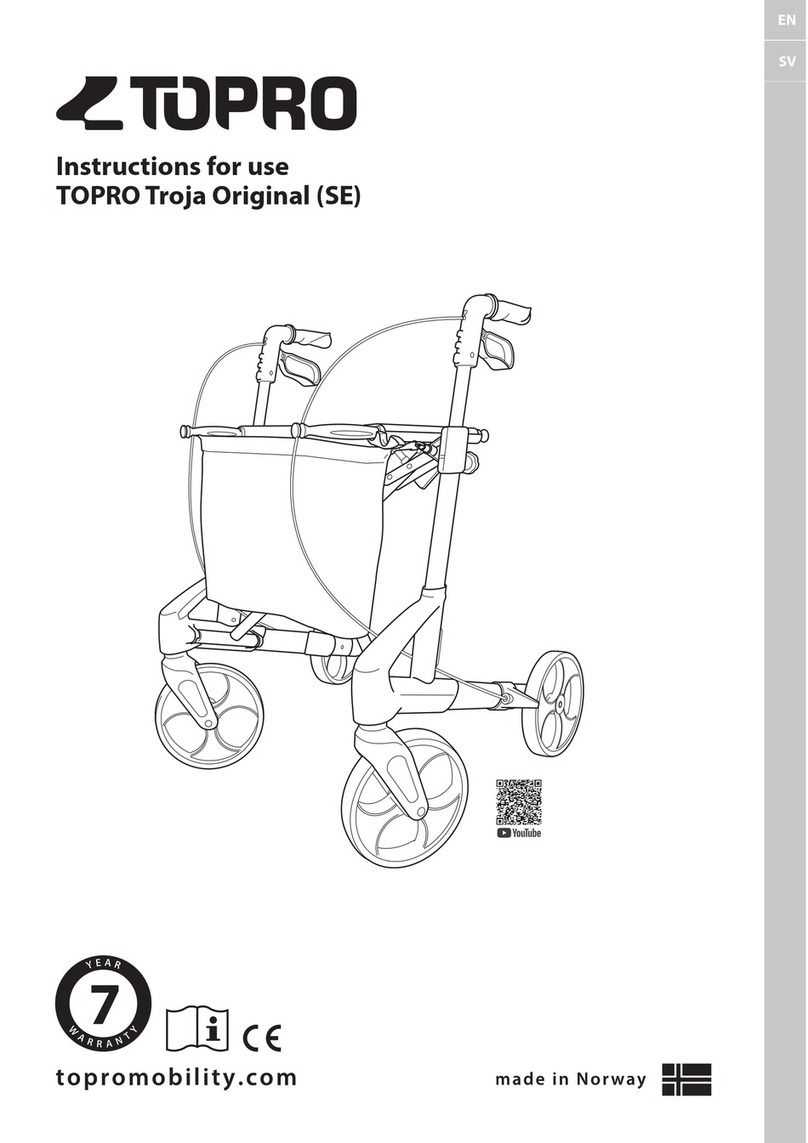TOPRO Troja Original User manual
Other TOPRO Mobility Aid manuals

TOPRO
TOPRO TAURUS H Basic User manual
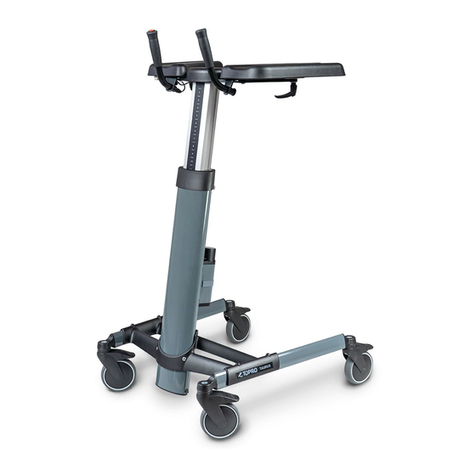
TOPRO
TOPRO TAURUS E Basic User manual

TOPRO
TOPRO TAURUS E Basic User manual
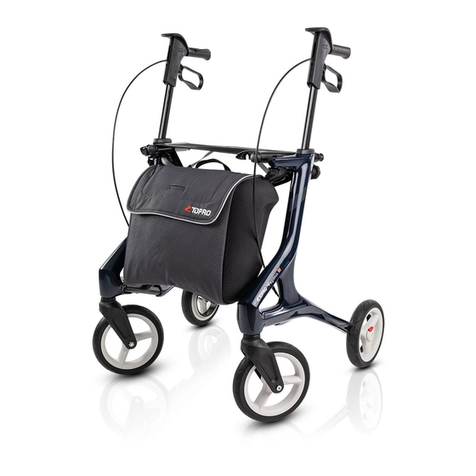
TOPRO
TOPRO PEGASUS User manual
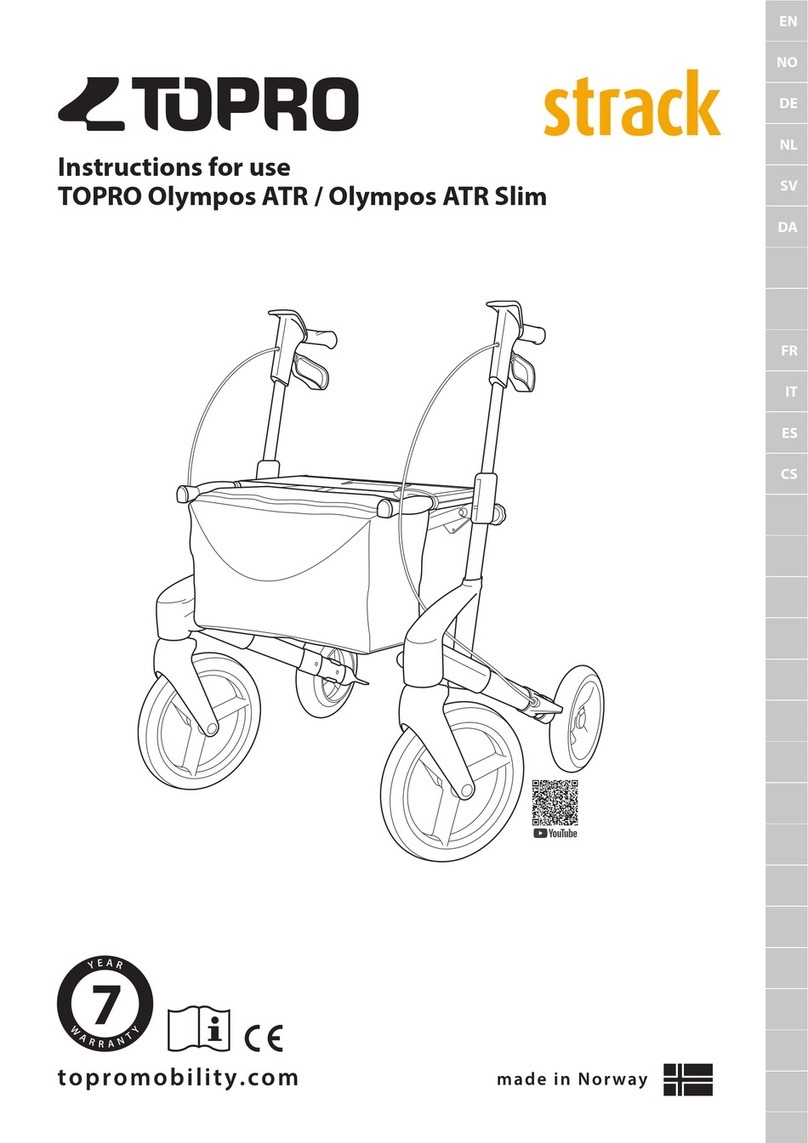
TOPRO
TOPRO strack Olympos ATR User manual

TOPRO
TOPRO TROJA NEURO 814746 User manual
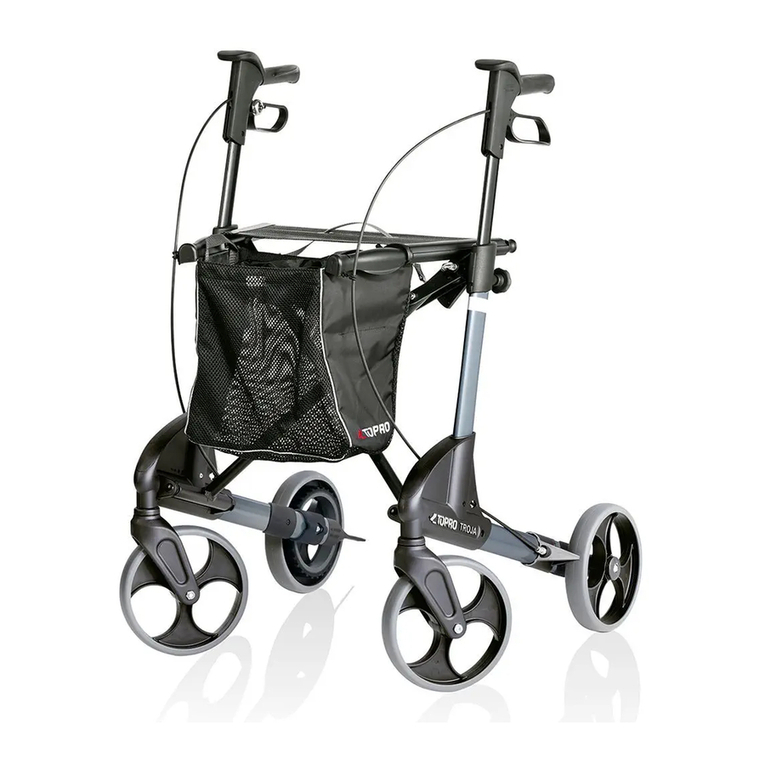
TOPRO
TOPRO TROJA 150 User manual

TOPRO
TOPRO TROJA 5G User manual
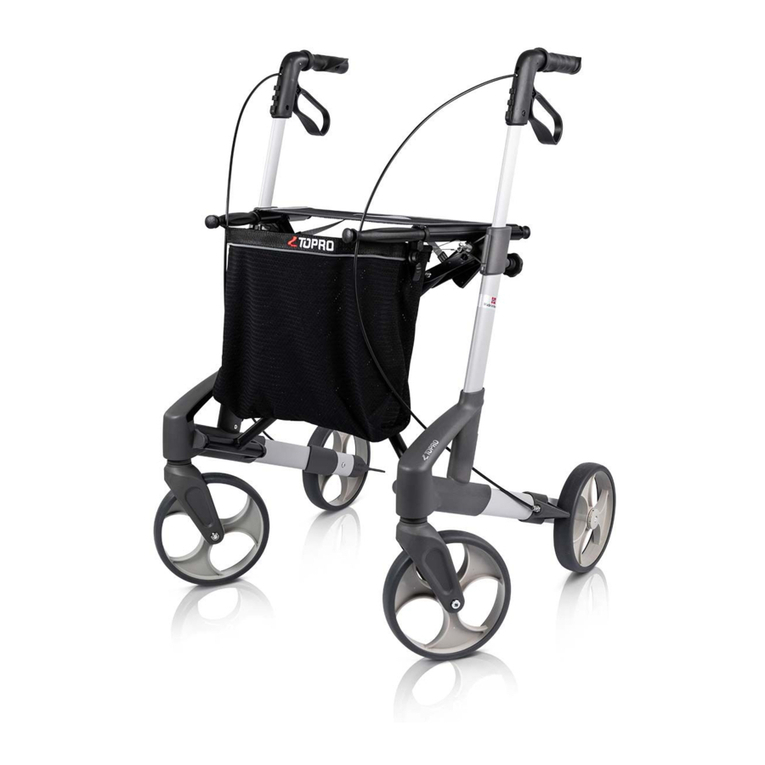
TOPRO
TOPRO TROJA User manual
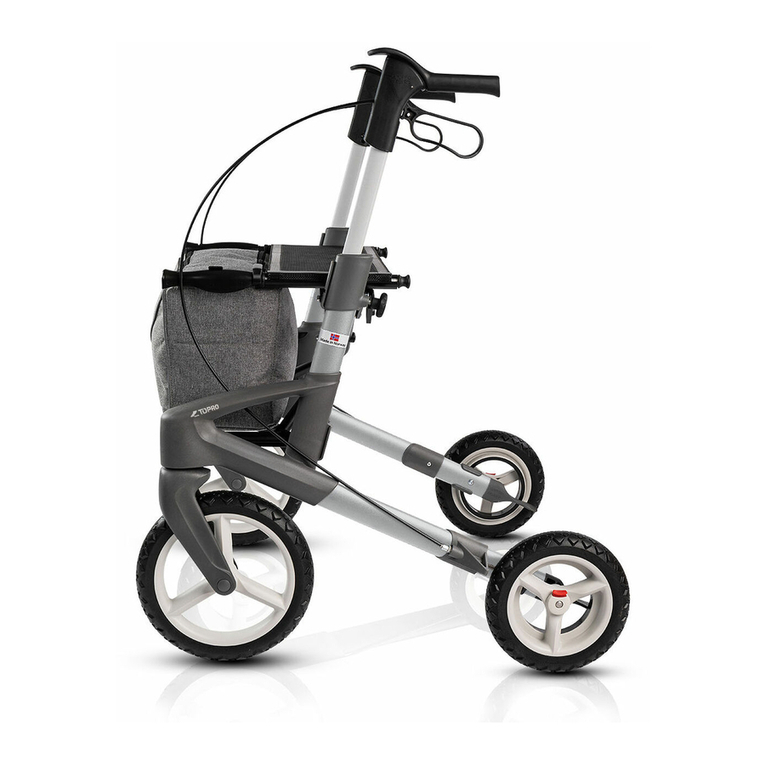
TOPRO
TOPRO Olympos Series User manual

TOPRO
TOPRO TAURUS E Basic User manual

TOPRO
TOPRO TROJA NEURO User manual

TOPRO
TOPRO ODYSSE User manual
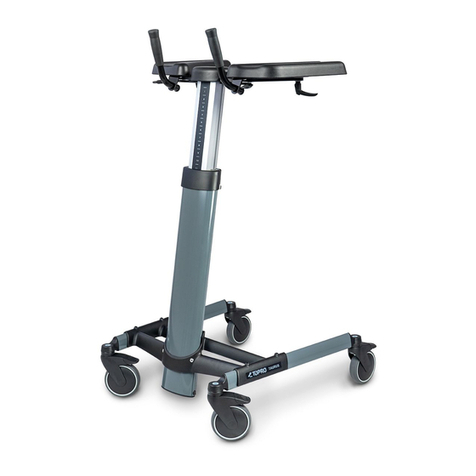
TOPRO
TOPRO Taurus User manual

TOPRO
TOPRO Troja 2G User manual

TOPRO
TOPRO TROJA 2G PREMIUM User manual

TOPRO
TOPRO TROJA 5G User manual
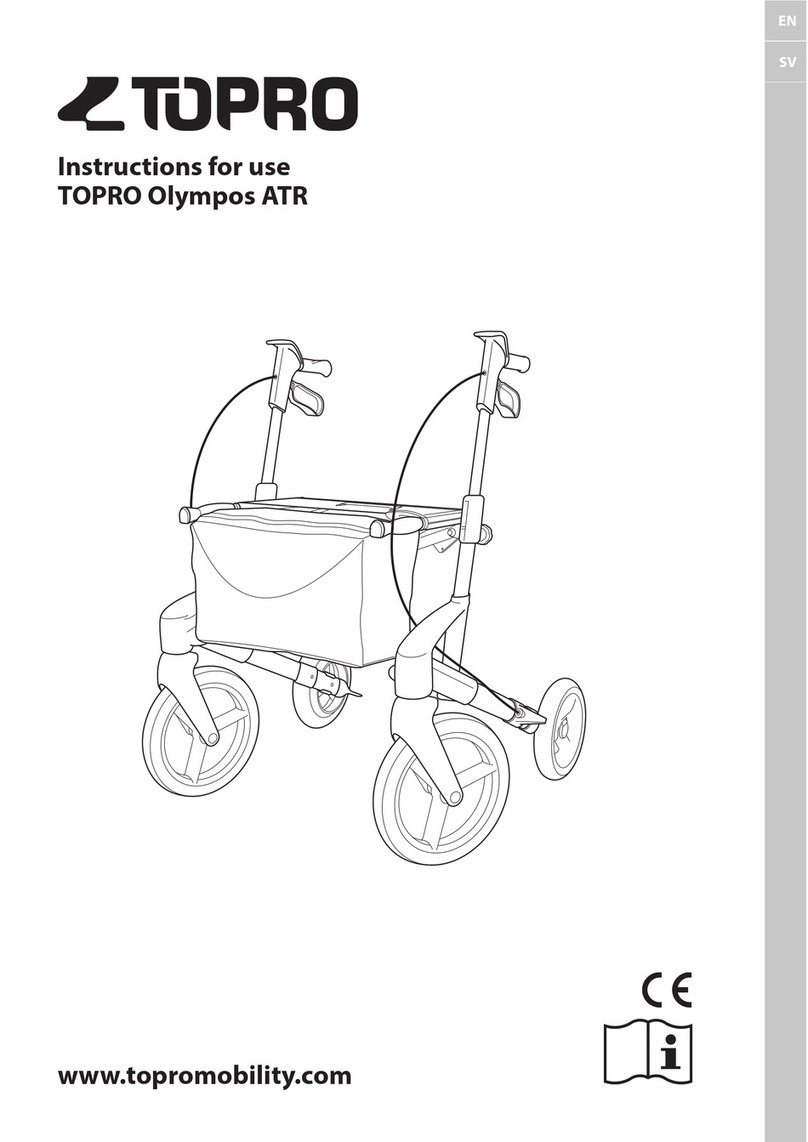
TOPRO
TOPRO Olympos ATR M User manual

TOPRO
TOPRO Troja Original M User manual
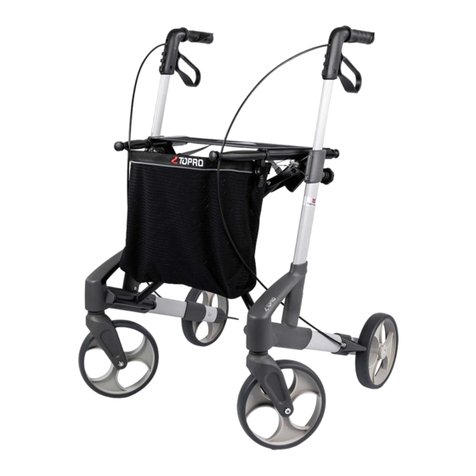
TOPRO
TOPRO Troja Original M User manual
Popular Mobility Aid manuals by other brands

Decon wheel
Decon wheel TNS Notos Assembly instructions

ExoAtlet
ExoAtlet ExoAtlet-II user manual

Invacare
Invacare Storm Series parts catalog

Rhythm Healthcare
Rhythm Healthcare B3800F manual

AMF-BRUNS
AMF-BRUNS PROTEKTOR installation manual

Drive DeVilbiss Healthcare
Drive DeVilbiss Healthcare OTTER Instructions for use





